I have immense respect for Jim Allan – not least because he’s one of the board members to whom I answer in my role at The Samuel Griffith Society – but I disagree with his and others’ prescription that ‘the well-off rich now vote solidly Left’ and the Liberal Party should give up on trying to win back its traditional well-heeled metropolitan heartland.
In Kooyong, 42 per cent of voters at this election remained loyal to the Liberal Party – despite huge national and state-wide swings against the government and a zealous and well-funded, multi-million-dollar ‘Teal’ campaign. Five in six votes for newly elected ‘Teal’ MP Monique Ryan came at the expense of Labor and the Greens. Labor’s primary plummeted to less than 6.5 per cent and the Greens were all but wiped out to less than 6 per cent.
The same is true in the Sydney seat of Mackellar, where 42 per cent of voters stuck with the Liberal Party, while Labor and the Greens both lost more than half their vote to finish on a combined 13 per cent primary. Nowhere in the country does the Coalition poll so low.
Even in Greens Leader Adam Bandt’s seat of Melbourne the Liberal Party managed more than 14 per cent. It managed almost 16 per cent in the Prime Minister’s inner Sydney seat of Grayndler. That Labor – the party of government both nationally and in Victoria – managed only a smidge over 6 per cent in Kooyong – with two local state MPs in Paul Hamer and John Kennedy – cannot be overlooked.
The same is true in the newly-Teal seats of Curtin, Goldstein, and Wentworth, where there are still 23 Liberal voters for every 10 Labor/Greens loyalists. While the loss of these seats is an undeniably bad result for the Liberal Party, to write off these seats is to misunderstand the message voters in these communities have sent at the ballot box.
At least four in ten voters in traditional Liberal heartland seats clearly no longer identify with either major party. And the Liberal Party must change in response. But do the maths. To reclaim seats like Kooyong and Mackellar, the Liberal Party needs to win back only one in four of these swinging voters. Liberals in these seats still outnumber Labor/Greens voters more than three to one. It’s premature to concede that these seats are gone for good.
Traditionally Liberal seats in places like Melbourne’s inner East, Sydney’s North Shore, and Perth’s ‘Golden Triangle’ are unlikely to be ‘safe’ again for the foreseeable future. That doesn’t mean that they should be written off and abandoned to ‘Teal’ MPs for a generation.
Instead, the message for remaining and aspiring Liberal MPs in these areas is that they must be more attentive to their communities. They must expect to work as hard as any other marginal seat MP to engage with their constituents – not just in the weeks leading up to an election, but for their full terms. This may be a hard pill to swallow for some, but gone are the days of MPs swanning about taking Liberal voters in ‘safe’ seats for granted.
It’s true that voters in these areas have not suffered as much during successive lockdowns as blue-collar workers in the outer suburbs, but that doesn’t mean that they aren’t concerned about rapidly increasing Labor taxes – like Daniel Andrews’ latest land tax hike or the threat of an Albanese government introducing death duties – and rampant inflation.
Those calling for the Liberal Party to shift out to the outer suburbs and regions are ignoring reality. With two in three Australians living in the nation’s capital cities, there just aren’t enough votes in these areas for the Coalition to reliably win government into the future.
It’s even worse in Victoria, with three in four Victorians living in Melbourne. The Coalition could win all eight of Labor’s outer suburban seats in which there was even a modest swing against Labor on Saturday (an outcome about as likely as Anthony Albanese bringing in a flat income tax, given the party’s 26.6 per cent average primary in these areas) and still hold fewer than half of federal seats in Victoria if it fails to win back the seats it lost in the inner Eastern suburbs.
The reality is that it’s easy to blame-shifting demographics for the Liberal Party’s current woes, but this won’t help it return to government. It’s clear that the Coalition must become more competitive in traditionally Labor outer suburban and regional areas, but this shouldn’t be framed as needing to come at the expense of traditionally Liberal areas. Instead, Liberal candidates need to accept that they must be more responsive to their communities and must work harder to sell real Liberal values in their electorates.
Xavier Boffa is the Executive Director of The Samuel Griffith Society and a former national president of the Australian Liberal Students’ Federation.
Got something to add? Join the discussion and comment below.
Get 10 issues for just $10
Subscribe to The Spectator Australia today for the next 10 magazine issues, plus full online access, for just $10.

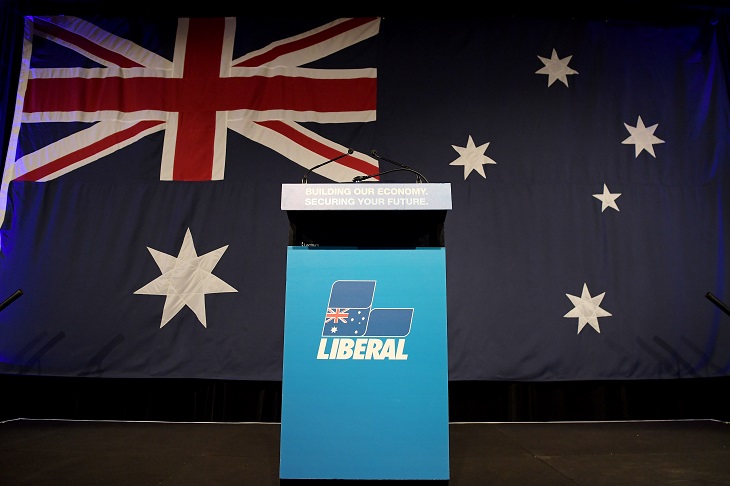


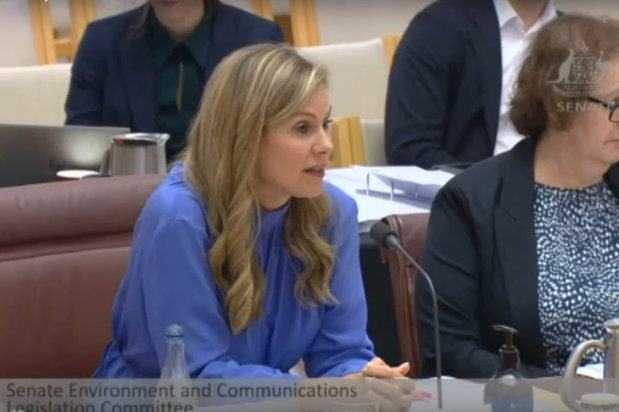
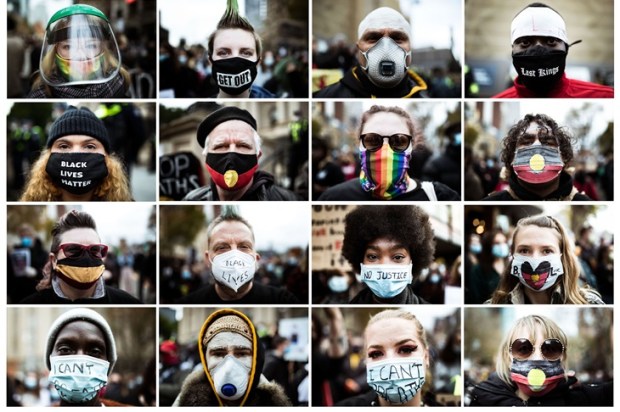
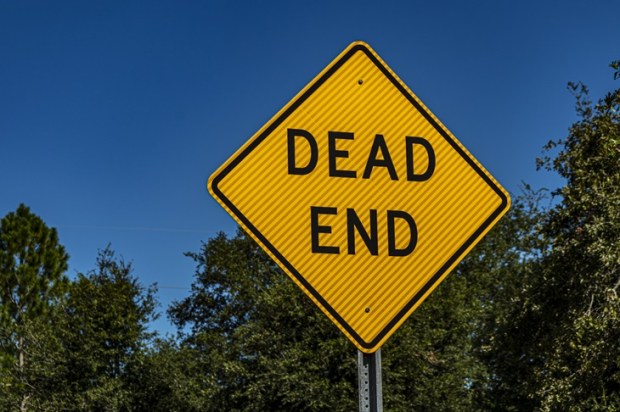
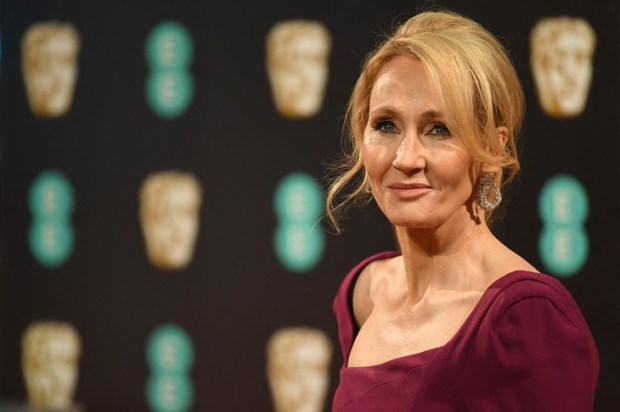


















Comments
Don't miss out
Join the conversation with other Spectator Australia readers. Subscribe to leave a comment.
SUBSCRIBEAlready a subscriber? Log in